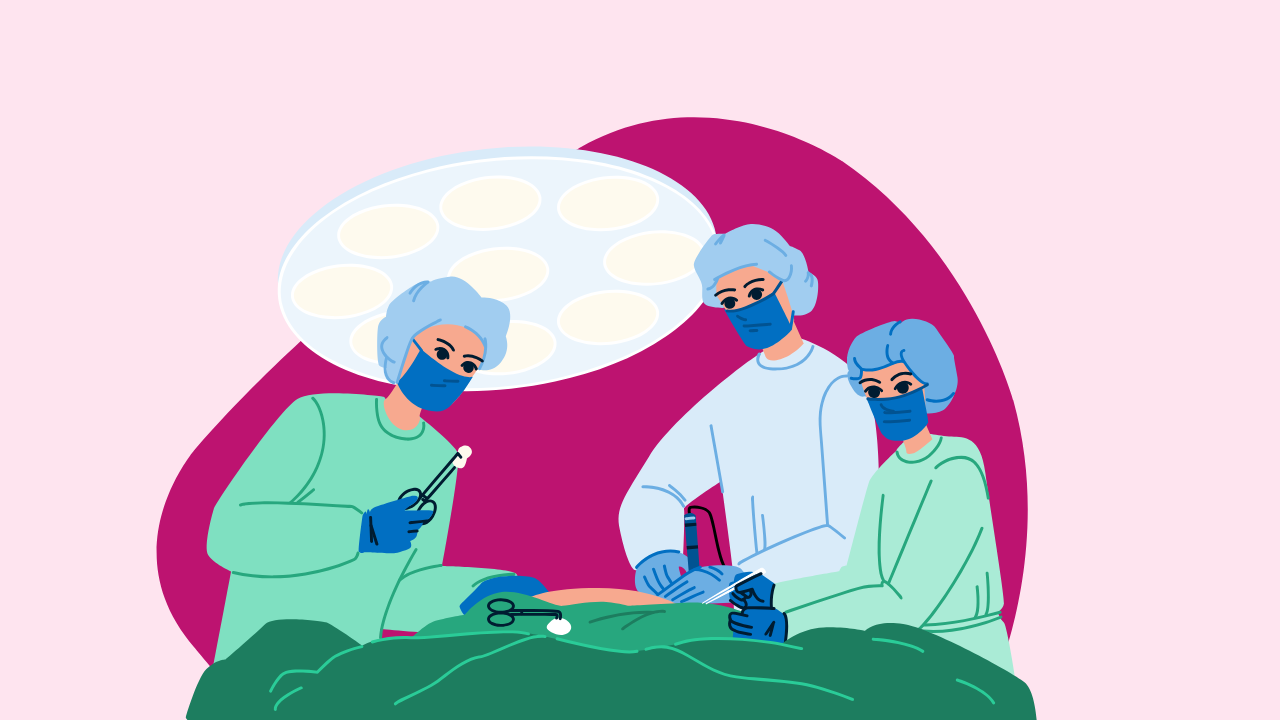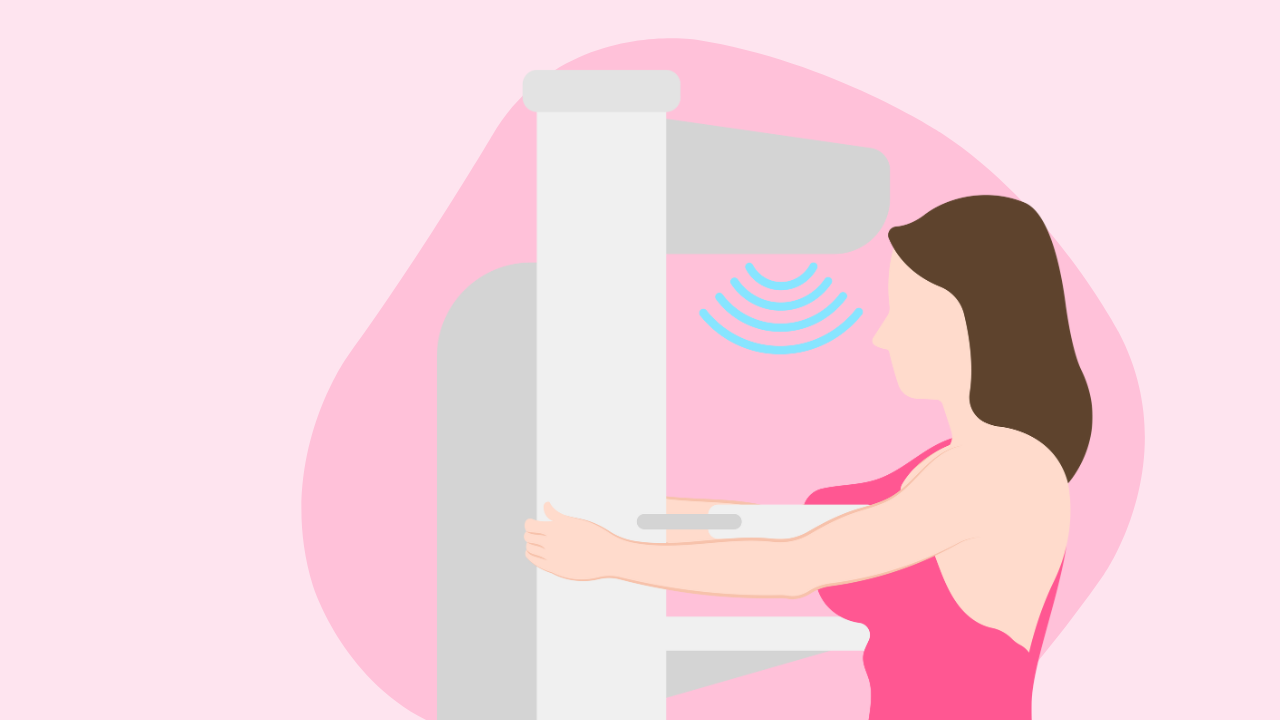How False Positives Impact Breast Cancer Screening

False-positive mammograms may discourage women from returning for routine screening, according to a study in Annals of Internal Medicine. False positives, which are abnormal findings that further tests confirm to be non-cancerous, often lead to additional testing. These follow-up procedures can be stressful, costly, and risky, making some women hesitant to continue regular screening.
Researchers reviewed 3.5 million mammograms from 1 million women screened between 2005 and 2017. Of those with true-negative results, 77 percent returned for screening within 30 months. In comparison, 67 percent of women who had a biopsy returned, while only 61 percent of those recommended for follow-up imaging in six months came back. For women recommended for repeated six-month follow-ups on consecutive screenings, only 56 percent returned.
Dr. Diana Miglioretti of UC Davis Comprehensive Cancer Center, the study's lead investigator, called the findings concerning because mammograms are critical in reducing breast cancer deaths. "The follow-up process is an essential step in ruling out cancer," she explained.
False-positive results are more common in certain groups, including younger women, those with dense breasts, women with a history of breast biopsies, and those with a family history of breast cancer. The risk of a false positive increases with the number of mammograms. Over ten years, more than half of women screened annually will experience a false-positive result. For some, it can take up to two years to confirm that an abnormal finding is not cancer.
Dr. Jennifer Croswell of the National Cancer Institute noted that false positives can cause fear, anxiety, and distrust in the healthcare system. Women may undergo invasive follow-ups, such as biopsies, which carry both physical and psychological burdens.
The study revealed that Asian and Hispanic women were less likely to return for routine screening after a biopsy or short-interval follow-up. Although the study did not investigate why women stopped screening, Miglioretti mentioned that resolving a false-positive result can be so stressful that some women may avoid screening altogether.
There is also evidence that false positives may indicate an increased long-term cancer risk. "Inflammation, for instance, could increase a woman’s chances of having calcifications in the breast and increase breast cancer risk," Miglioretti explained.
Clear communication about the benefits and risks of screening, including the possibility of false positives, is key, according to Drs. Michelle Beth Nadler and Neha Pathak from the University of Toronto. They emphasized that women should have access to personalized information to guide screening decisions.
The data analyzed predates new guidelines from the U.S. Preventive Services Task Force, which now recommend screening every two years starting at age 40. This shift may increase the likelihood of false positives, especially in women under 50 who typically have denser breast tissue. The researchers suggested that same-day follow-up for abnormal results could reduce stress and inconvenience.
Next steps include exploring how artificial intelligence might help identify cases that need additional testing and those that do not. Miglioretti said, "The idea would be to interpret abnormal findings while the woman waits and do the follow-up diagnostic workup during the same visit."





